Flying foxes are an extraordinary species of bat found in tropical and subtropical regions worldwide. With their remarkable appearance, impressive agility, complex social behavior, and crucial ecological role, they offer a unique window into the diversity and complexity of the natural world. In this article, we will delve deeper into the world of flying foxes and explore their remarkable features and characteristics.
The Remarkable Size and Agility of Flying Foxes
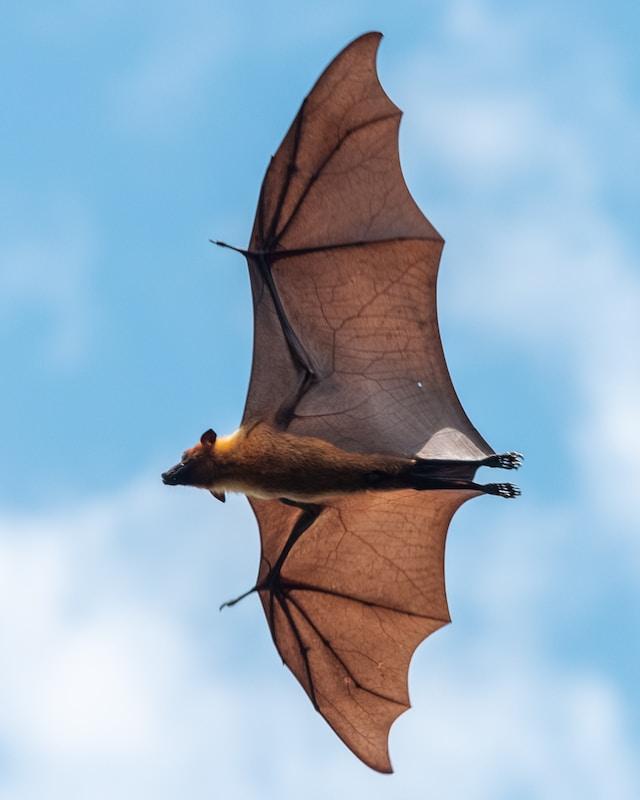
Flying foxes are among the largest bats in the world, with a wingspan of up to six feet and a body weight of over two pounds. Despite their size, they are incredibly agile in flight, able to navigate through dense vegetation and even dodge obstacles in mid-air. This remarkable agility is due in part to their unique wing structure, which allows them to make rapid adjustments to their flight path.
The Fascinating Social Behavior of Flying Foxes
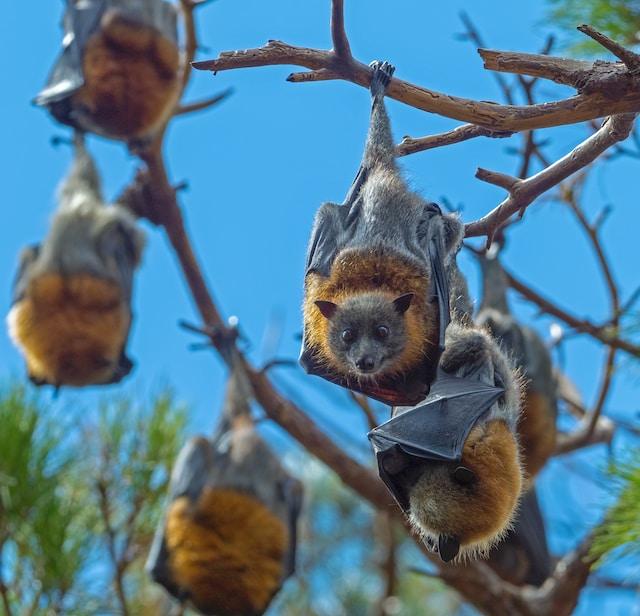
Flying foxes live in large colonies, sometimes numbering in the tens of thousands. Within these colonies, they engage in a variety of complex social behaviors. They communicate with each other using a range of vocalizations, and have been observed engaging in grooming behaviors and even sharing food. These social interactions are an important part of their lives and are crucial to their survival in the wild.
The Ecological Importance of Flying Foxes
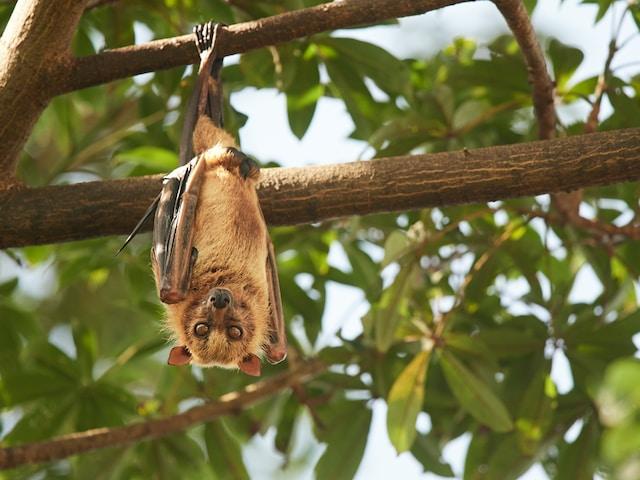
Flying foxes play a crucial role in many ecosystems. They are important pollinators and seed dispersers, helping to maintain the health and diversity of many plant species. Without flying foxes, many plants would be unable to reproduce, leading to a decline in overall biodiversity. Additionally, flying foxes are a key food source for many predators, including birds of prey and large carnivorous mammals.
The Threats Facing Flying Foxes
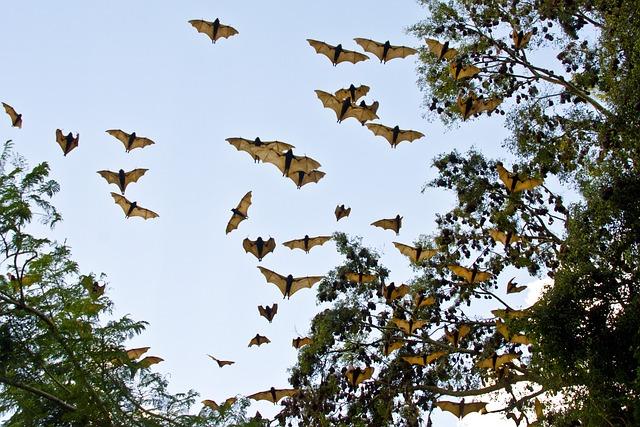
Despite their ecological importance, many species of flying foxes are threatened by habitat loss, hunting, and disease. Deforestation and urbanization have led to a decline in the availability of suitable habitat for these bats, while hunting and persecution by humans have also taken a toll. In addition, flying foxes are susceptible to a range of diseases, including the deadly Hendra virus, which has had devastating effects on populations in Australia.
Conservation Efforts to Protect Flying Foxes
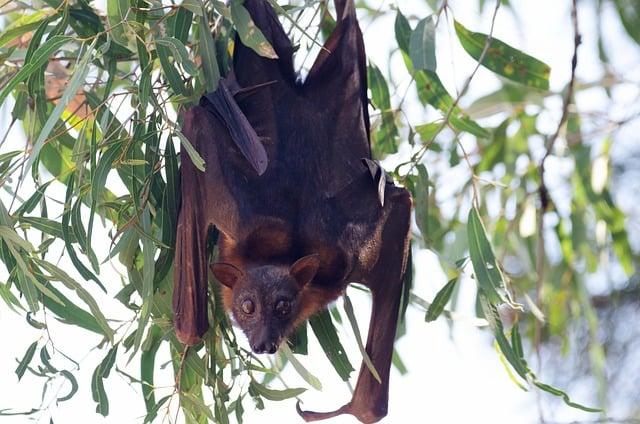
In response to these threats, conservation efforts are underway to protect flying foxes and ensure their survival in the wild. These efforts include habitat conservation, disease monitoring and prevention, and public education campaigns to raise awareness of the importance of these amazing creatures. By working to protect flying foxes, we can help to preserve the biodiversity of our planet and ensure a healthy and sustainable future for all.
Conclusion
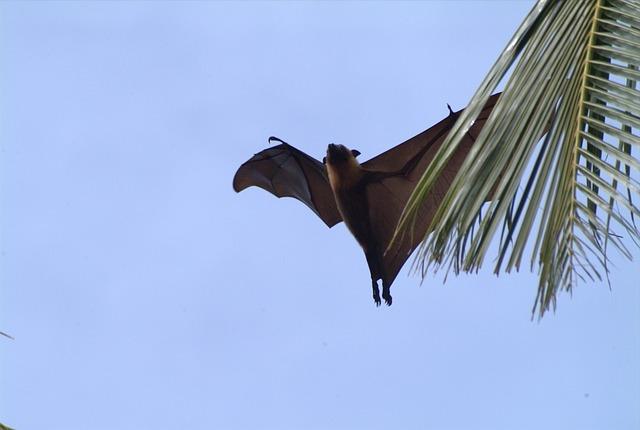
Flying foxes are truly amazing creatures that offer a fascinating glimpse into the diversity and complexity of the natural world. With their size, agility, social behavior, and ecological importance, they are a testament to the incredible diversity of life on Earth. However, they are also facing significant threats to their survival. By learning more about these remarkable bats and supporting conservation efforts to protect them, we can help to ensure that they continue to thrive for generations to come.

